Too much to do, work/life balance slipping away and anxiety levels increasing in a context of budget cuts and looming recession: these are common themes from my UK coaching work at the current time.
Here are some of the tools and techniques my clients tell me help them to rediscover their calm, inspiration and energy to act again:
Step 1 Connect or Reconnect with Your Purpose: Your “Why”
Remember why you have chosen the job you do, the sector you work in, the difference you want to make. If you haven’t done this work already, visit the work of Simon Sinek, “Finding Your Why”. This step is crucial as it gives meaning and value to all that you do.
My “Why” is to help people stretch and grow. It’s as simple as that. Sometimes I have made it more complicated, but it always seems to come back to this. And what I see in those I coach is that they step up, become more brave and achieve more of their goals.
Step 2 Be honest about your priorities.
Stephen Covey’s work asks you to think of your priorities as your big rocks, and to let the smaller tasks and goals trickle around them so that they can all fit into your day. You only need four or five big rocks. After that, it becomes a “To Do” list, rather than something to guide your decisions about the priorities in your work and life.
Currently my big rocks are:
- Delivering Leadership training and coaching in 150 countries (currently I am up to 11!)
- Engaging with nature: walking, swimming in the sea, cycling; often doing this in a group and increasingly abroad
- Investing, deepening, strengthening, enjoying the relationships which are most important to me
- Supporting and helping my adult children to thrive
- Reflection, being a continuous learner, author and gracefully seeing the value in all that has happened in my life and world.
Step 3 Develop habits around your priorities
To truly spend more time on your priorities, take a look at this important/urgent matrix here. Quadrant 2, is where we need to be. And yet often we are drawn to things with deadlines and non important things, the other quadrants. It’s almost as if we are afraid of our own success.
Quadrant 2 unlocks our spreading our time too thinly and allows us to focus on fulfilling both our professional and personal passions and goals.
What are the habits that can help us shift to Quadrant 2 and stay there? My suggestions are that we need to:
- Recognise our priorities, our big rocks. Maybe you have forgotten your career or key relationships, you are so busy on the hamster wheel of your job and not thinking ahead about you. The big rock process allows us to bring some of our big priorities back into our thinking
- More genuinely own the idea that we are as entitled to success and happiness as the people who surround us. From avoiding distractions and placing our time in Quadrant 2, we can develop skills and relationships that help all of us. Quadrant 2 is long term win/win mindset
- Hang on to the long term outcome we want from our lives, merging our “Why” with Quadrant 2. This helps us place time here, even when there are important urgent things to do (Quadrant 1). And it helps us to avoid the ever present lure of Quadrants 3 and 4.
It’s taken me a long time to give myself permission for my big rocks, to feel good about giving them priority, embrace the skills and habits of Quadrant 2 and experience more joy.
Can I help you to discover this process for you?
Gill How loves to work internationally with managers, executives and professionals to help them to evolve, stretch and grow their leadership capability. She is a Master Executive Coach and innovative Leadership Developer. If she can help you in developing the potential of the men and women in your organisation, contact her at
It was a pleasure to receive this client testimonial:
“Gill is an exceptional educator and coach. Her insightful, challenging and empathetic style made the course what it was, fabulous. I learnt so much about leadership and about myself, my purpose and values.
My coaching sessions with Gill were transformational. She helped me uncover and challenge my limiting beliefs and gave me tools to work with them, turning my weaknesses into strengths. Gill has the ability to make people think differently about themselves and supports them to grow.
Gill is unique, inspiring, passionate and lives her values. I hope to work with her again in the future.”
Photo credits: Martin & Gill How.
Location: Giants Causeway, Northern Ireland

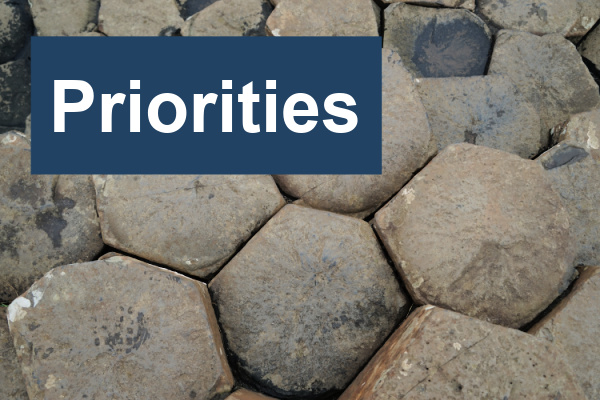
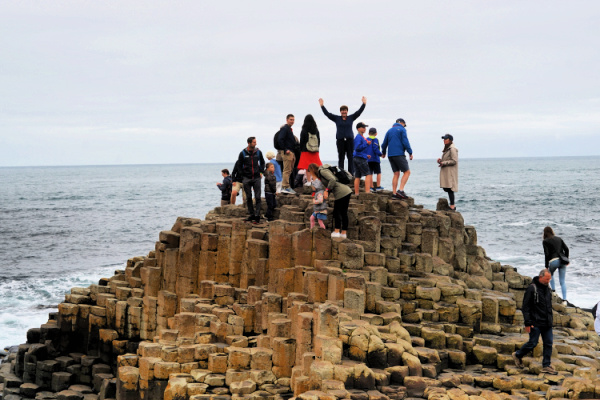
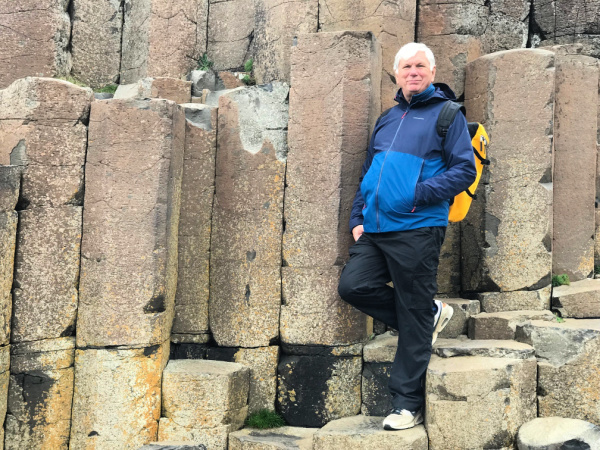
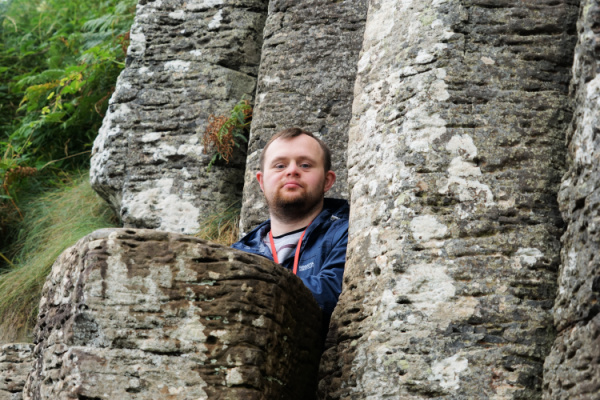
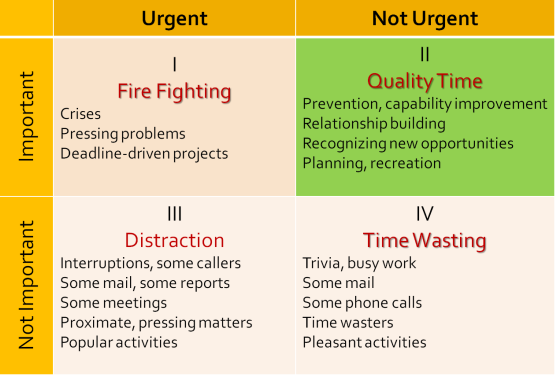


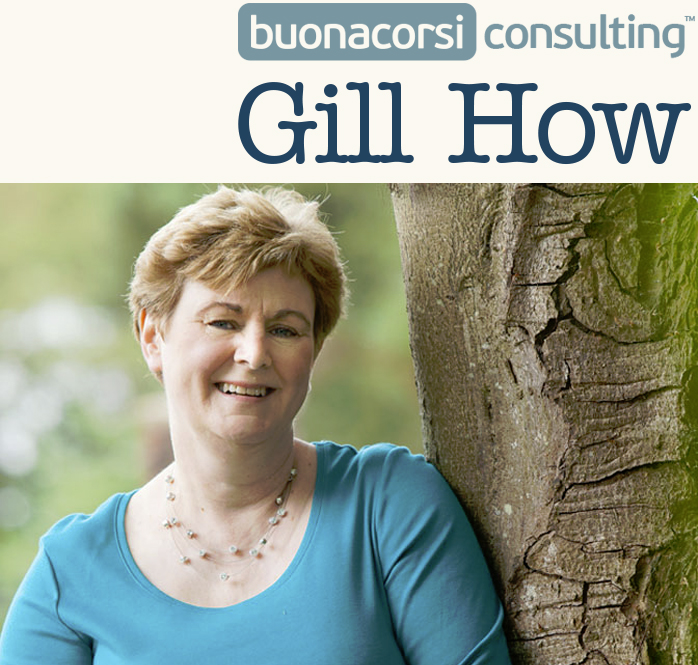



I believe that this is a very important way of operating for any leader in any organisation. As a former head of an ITC service in a large charity looking after 250+ people at all levels of seniority and expertise I tried to get the whole team to work in quadrant 2 for most of the time. We managed to get first line support (Firefighting) to be about 12.5% of resource. The key to it was building good relationships and understanding of needs with all our users, in order to avoid the “my crisis is your urgent problem to fix” scenario. In order to do this you have to have the right budgets and resources. You will need to gain trust and demonstrate effectiveness and support for the business.
So, think about polishing up your listening and communication skills and maybe invest in a good crystal ball so you can move quadrant 1 and some quadrant 3 things to quadrant 2 where they can be enjoyed and tackled in a lower stress environment.
Thanks for bringing my blog to life with your work experience, Martin!
I’m just thinking, next time we are shopping, along with the crystal ball maybe we could buy a magic wand at the same time? (smiley face!)